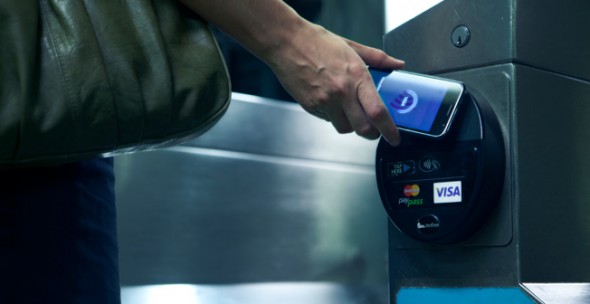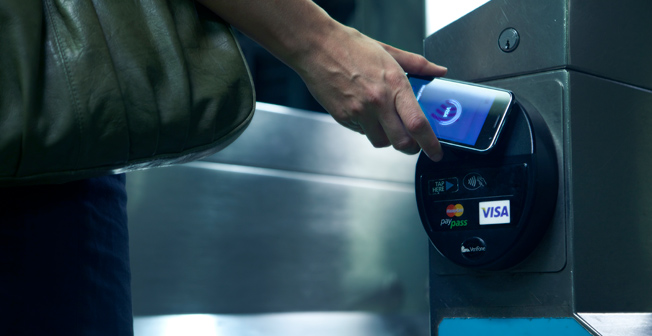
Smartphones are little computers that we have with us 24/7 and have swallowed up our mp3 players, our cameras, our diaries into a single device. However, we are still left with needing to carry around a wallet/purse in order to carry around our cards and cash. Yes some credit card options allow us to pay for low priced goods with a simple tap with contactless payment, removing much of the need for cash, but we still have a very long way to go.
Currently companies like Square and iZettle allow boutique and smaller shop owners to accept credit cards by attaching a small device to a smartphone or tablet that will read the card details. This is great for small businesses, but the transaction is still being made between a credit card and a terminal, albeit a very portable one.
Many companies are trying to get into the mobile payment space with Google Wallet and ISIS being two interesting examples. Both use NFC (near field communication just like contactless credit cards) enabled mobile devices, allowing users to simply tap their phone on a kiosk to pay for goods. Where these two services differ is how you payment information is stored: Google Wallet stores your information back on its servers so making payments essentially like one-lick purchases on Amazon; ISIS stores your information on a secure encrypted SIM card that you get from your phone network. That Google keeps your payment data on its servers means that Google Wallet can integrate with any number of payment systems, and you would think that having the technology giant behind it would make the service a success, and yet it is still to take off in any meaningful way.
The question we should be asking, however, is not whether we can make our smartphones work like our credit cards, but whether we can make our smartphones be the place where a transaction takes place, and making the shop’s kiosk the simple device. If the transaction is on our phone, then we have the added security of keeping control, and our details are never sent to the merchant. Instead, the merchant’s details are sent to us when we tap our phone on a kiosk and we then choose to make the payment.
We are still a long way off from this, and you should certainly compare credit cards and find one that offers contactless payment for the time being, but this is just a stopgap technology and our phones become financial transaction points in the future.

